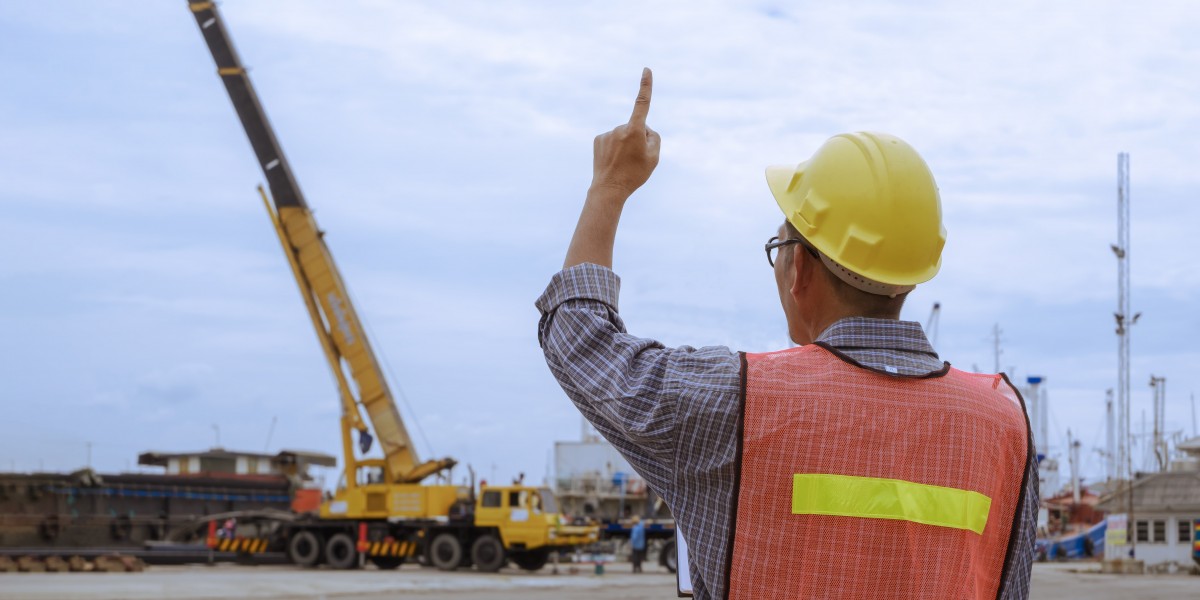Creating a safe working environment is one of the most important responsibilities for any company starting a new project. A Safe System of Work (SSOW) is a structured approach that explains exactly how specific tasks must be done to reduce the risk of harm. In new projects, where unknowns are plenty and hazards can easily be overlooked, developing a robust SSOW is not just helpful — it is absolutely necessary.
Before diving deep, it’s worth highlighting how safety training like an IOSH Course plays a vital role in preparing managers and workers to understand and implement safety measures properly. Such training develops a safety-first mindset which is the backbone of any effective SSOW.
This guide will walk you through practical, clear steps to develop an SSOW for new or modified work activities — making sure everyone can work safely and confidently.
Why Developing an SSOW Is Critical in New Projects
Every new project comes with its own set of unknown risks. For instance, a construction company expanding into a new type of build might not have faced certain weather challenges before. Or a manufacturing unit might bring in a new machine with unfamiliar hazards.
Without an SSOW, workers might try to “figure it out as they go,” which can lead to unsafe shortcuts or missed steps. A clear SSOW gives everyone, from managers to front-line staff, precise instructions on how to do the work safely.
Step 1: Understand the Task and the Work Environment
Before you write any safe work steps, you need to understand the task in full detail. Talk to supervisors, experienced workers, and equipment suppliers. Spend time observing the work area. What materials are used? What tools are needed? What could go wrong?
For example, imagine a maintenance team asked to service a new pressurized tank system. Without understanding the pressure levels or chemical content, they risk explosions or exposure to toxic leaks.
Key tip: Break down the task into smaller activities — for example: preparing equipment, doing the main work, cleaning up, and disposing of waste. Each stage might have its own risks.
Step 2: Identify Potential Hazards
Next, do a thorough hazard identification. Walk the site, inspect equipment, and review similar tasks. Involve workers — they often know the hidden dangers. Use checklists to make sure nothing is missed.
Common hazards in new projects might include:
Unfamiliar machinery
Limited training on new tools
Inadequate emergency exits in temporary structures
Confusing site layouts
Take note of what could cause harm and who could be affected — employees, visitors, or even people passing by.
Step 3: Assess the Level of Risk
After finding hazards, assess how likely each hazard could cause harm and how severe the injury or damage might be. This is where tools like a risk matrix come in handy.
Let’s say workers need to handle flammable liquids. The likelihood of spillage might be moderate, but the consequence could be a major fire. So the risk is high and must be controlled strongly.
Step 4: Define and Implement Control Measures
Once you know the risks, you need to decide how to control them. Use the “Hierarchy of Control” method:
Eliminate: Can you remove the hazard altogether?
Substitute: Can you use something less hazardous?
Engineering controls: Can you isolate people from the hazard with barriers or guards?
Administrative controls: Can you change how people work, like adding signage or extra supervision?
Personal Protective Equipment (PPE): The last line of defense if other measures don’t remove the risk fully.
For instance, if a new machine has moving parts, install guards and train workers to never bypass them. Provide proper gloves, helmets, and goggles if needed.
Step 5: Write Clear, Simple Procedures
Now, document everything in a clear, easy-to-follow SSOW. Use plain language. Avoid jargon. Include:
Who does what
When it should be done
The correct method for each step
What safety checks to perform
What PPE to wear
Emergency actions if something goes wrong
Use bullet points, flowcharts, or photos if it helps people understand faster.
Step 6: Communicate and Train Workers
A good SSOW means nothing if people don’t know it exists or don’t understand it. Once your procedures are ready, communicate them to everyone involved.
Hold toolbox talks, training sessions, or short site inductions. Don’t just read the SSOW aloud — show people the tasks, demonstrate safe techniques, and let them ask questions.
This is where training like an IOSH Training Course can really boost confidence and competence among teams — especially for supervisors who must ensure everyone follows the plan.
Step 7: Monitor and Review Regularly
An SSOW is a living document. Conditions on site change — new equipment, weather changes, or feedback from workers might require updates.
Supervisors should regularly check that the SSOW is being followed. Watch for shortcuts or unsafe habits creeping back in. Hold refreshers if needed.
Also, after any incident or near-miss, review the SSOW. Was there a gap? Can you improve it?
Practical Example: A Real-World Snapshot
Consider a team tasked with setting up a temporary scaffold at a new building site. A rushed team might skip securing the base plates properly. A clear SSOW would list step-by-step instructions: inspect the ground condition, set base plates, lock guardrails, check stability before use, and assign a competent person to inspect daily.
In one construction company, a worker once admitted they used to skip part of this check — until an accident involving a small collapse made them realize the importance of following every SSOW step. After that, the site manager doubled down on toolbox talks and frequent checks — preventing further mishaps.
Step 8: Keep Records for Accountability
Keep a copy of your SSOW accessible to everyone on site. Also, record when and how workers were trained. This shows due diligence and helps in case of inspections or audits.
Good record-keeping also means you can easily update old SSOWs for similar future tasks, saving time and improving safety consistency.
Benefits Beyond Compliance
Following these steps to develop a proper SSOW does more than tick off a box for regulations. It builds trust. Workers feel safer and more valued when they know management cares about their safety. It also cuts down on downtime, insurance claims, and costly accidents — all boosting productivity and reputation.
Final Thoughts
In every new project, hazards can lurk where you least expect them. A clear, practical Safe System of Work is your best defense against these dangers. By following these key steps — understanding the task, spotting hazards, assessing risk, applying controls, writing clear procedures, communicating effectively, monitoring, and keeping records — you set your project up for safe and smooth success.
Safety isn’t a one-time action. It’s an ongoing habit. Training, like what you get from an IOSH Course, supports this habit by giving your team the skills and confidence to spot hazards and stick to safe systems every day.








